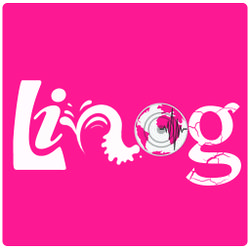Linog: Difference between revisions
m →To Dos |
m →To Dos |
||
| Line 32: | Line 32: | ||
* iOS version | * iOS version | ||
* interactive infographics | * interactive infographics | ||
* aggregation of crowd-sourced reports from social media using local | * aggregation of crowd-sourced reports from social media using keywords from local languages | ||
* rescue beacon system that enables Linog users to register their last known locations in an area where there's intense earthquake | * rescue beacon system that enables Linog users to register their last known locations in an area where there's intense earthquake | ||
Revision as of 19:00, 28 May 2014

Linog collects information on seismic events that took place in your area (100 km radius) in the last 24 hrs. Coverage is limited to Philippine territory. For this app to work, you need internet connection and your phone's location services activated.

This app aims to be a platform for learning about risks associated with earthquakes. Linog (Visayan for "earthquake") is produced by DILC (Diliman Interactive Learning Center, University of the Philippines), in cooperation with PHILVOCS (Philippine Institute of Volcanology and Seismology) and ASTI (Advanced Science and Technology Institute).
Shortcut to this page: dilc.info/linog
Linog is available on Google Play

Development Team
- Mark Angelo Yadao (Android)
- Dan Villareal
- Darwin Gonzales
- Kevin Aganus (graphics)
- Peter A. Sy (consultant)
To Dos
- direct XML parsing of seimic data
- iOS version
- interactive infographics
- aggregation of crowd-sourced reports from social media using keywords from local languages
- rescue beacon system that enables Linog users to register their last known locations in an area where there's intense earthquake


